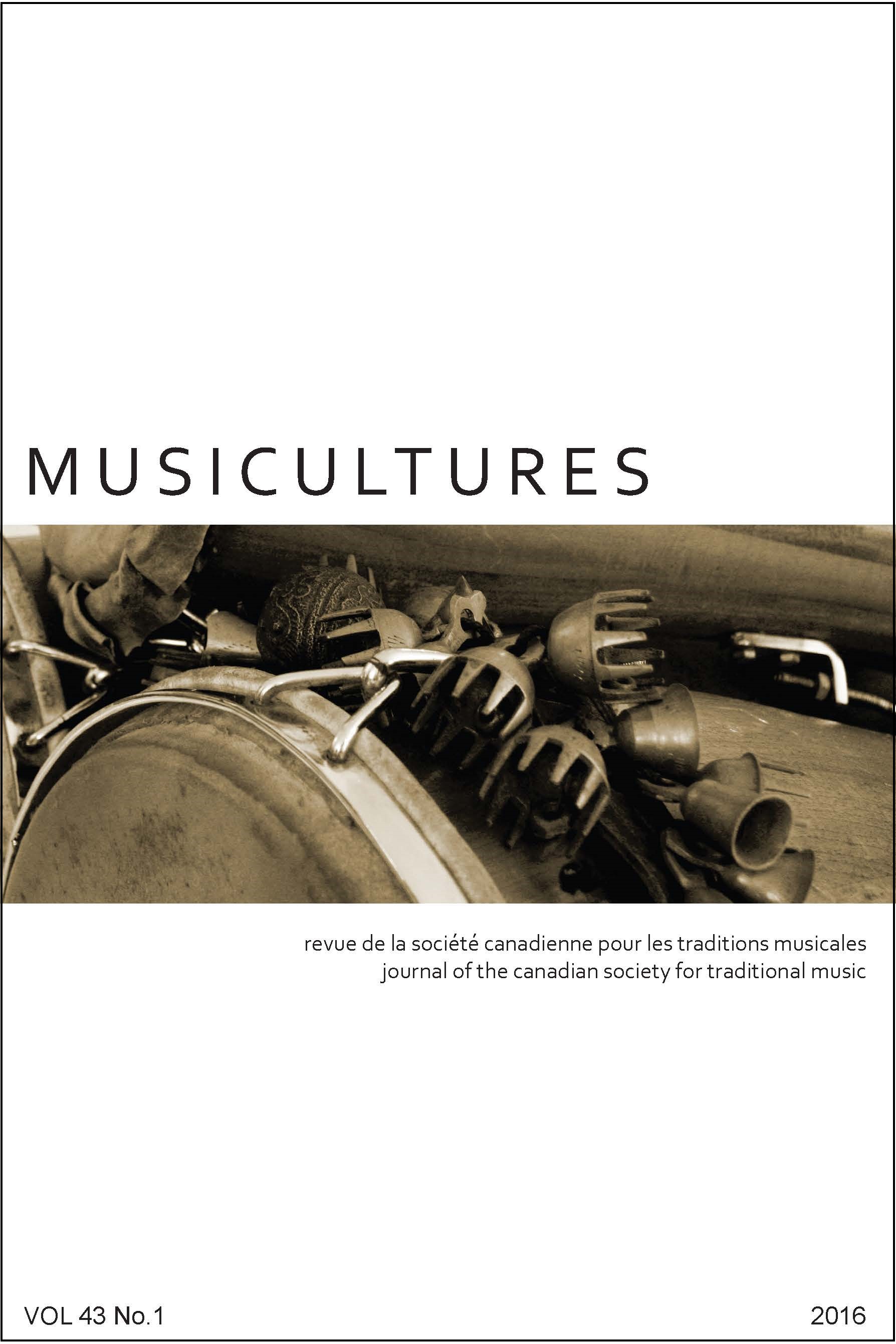Abstract
Normative gendered and ethnic Scottish Cape Bretoner identity is constructed through traditional music and dance performance and practice. This article examines how Natalie MacMaster constructs her gendered and ethnic identities as normative and quintessentially Cape Breton through her stage performances both on the island and internationally. The vision of Scottish Cape Bretonness she crafts shapes the perceptions and expectations of Cape Breton held by non-islander consumers of the island’s Scottish culture. As an unofficial cultural ambassador, MacMaster’s every performance, at home and away, becomes a tourism encounter that ties Cape Bretonness to ethnic whiteness, traditionalism, and heteronormativity.- The author retains copyright over the work.
- The author grants the journal owner (The Canadian Society for Traditional Music / La Société canadienne pour les traditions musicales) an exclusive license to publish the work.
- The author may post a pre-print or post-print version of the work (see definitions below) on a personal website for up to twelve months after the work is published in MUSICultures. After twelve months, the pre-print version must be replaced with the published version.
- The author may deposit the published PDF of the work in a non-commercial online repository twelve months after the work is published in MUSICultures, or any time thereafter.
- Any such deposit must include a link to the work on the MUSICultures website, e.g., https://journals.lib.unb.ca/index.php/MC/article/view/19996
A pre-print is a work-in-progress—a contribution not yet accepted, or perhaps even submitted, to MUSICultures.
A post-print is the version of a contribution after peer review and acceptance by MUSICultures, with revisions completed.
The published version is the PDF file of a contribution as it appears in MUSICultures.
Please note that academia.edu and ResearchGate.com are both for-profit repositories; authors may not deposit the published PDF of the work in these repositories until after the journal’s embargo period.
For permission to reprint or translate material from MUSICultures, please contact Heather Sparling, General Editor of MUSICultures (heather_sparling@cbu.ca).

